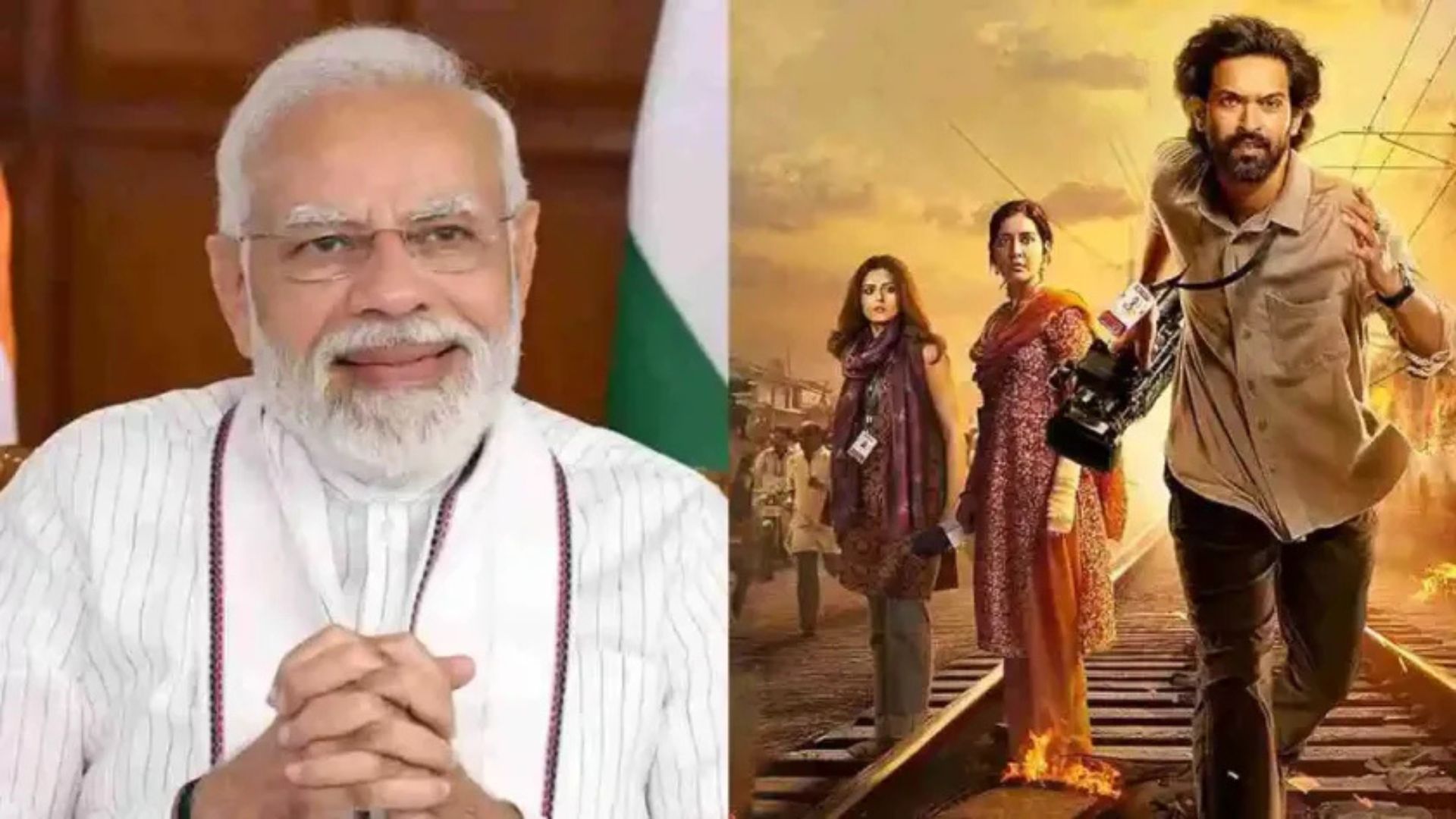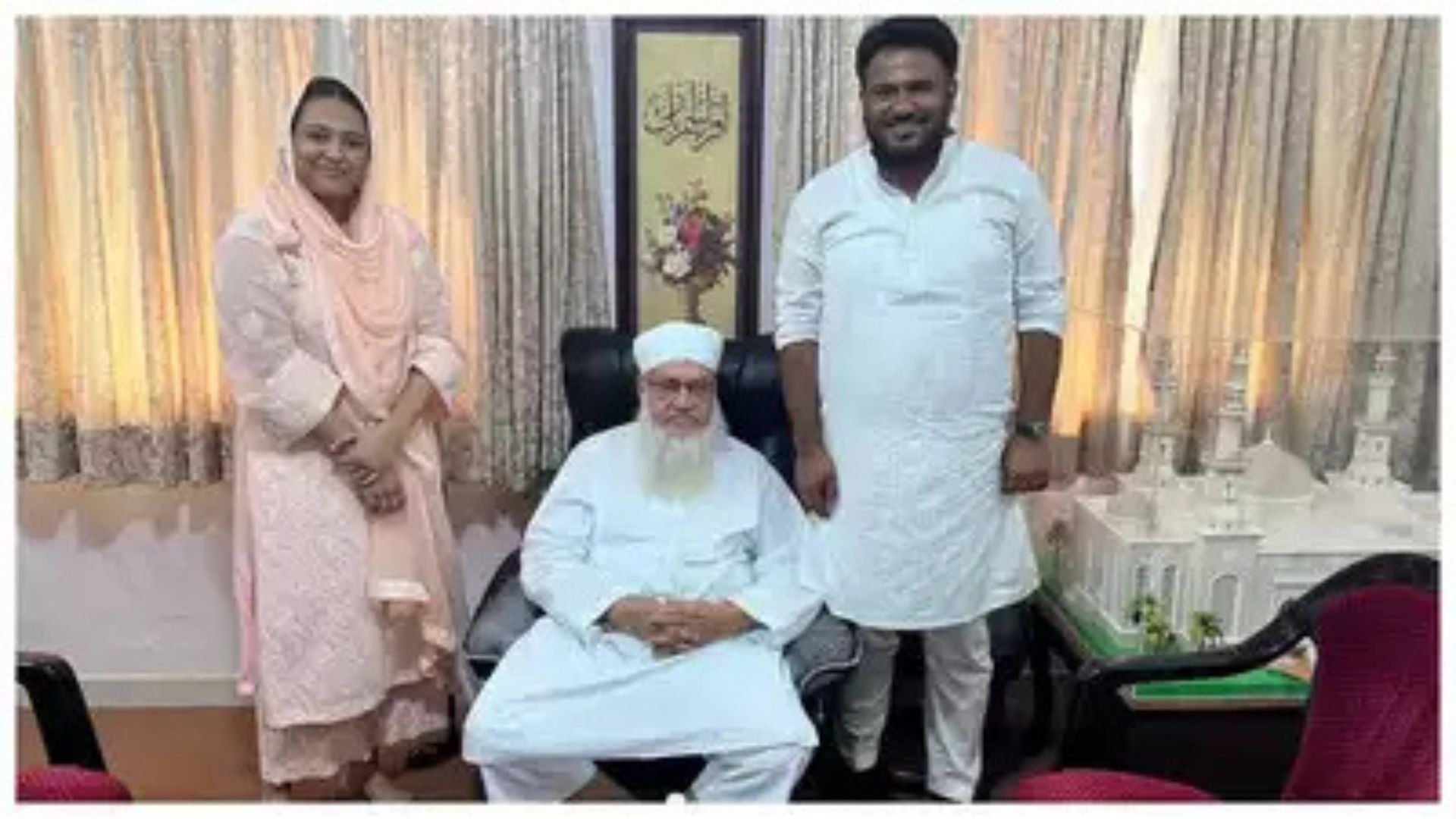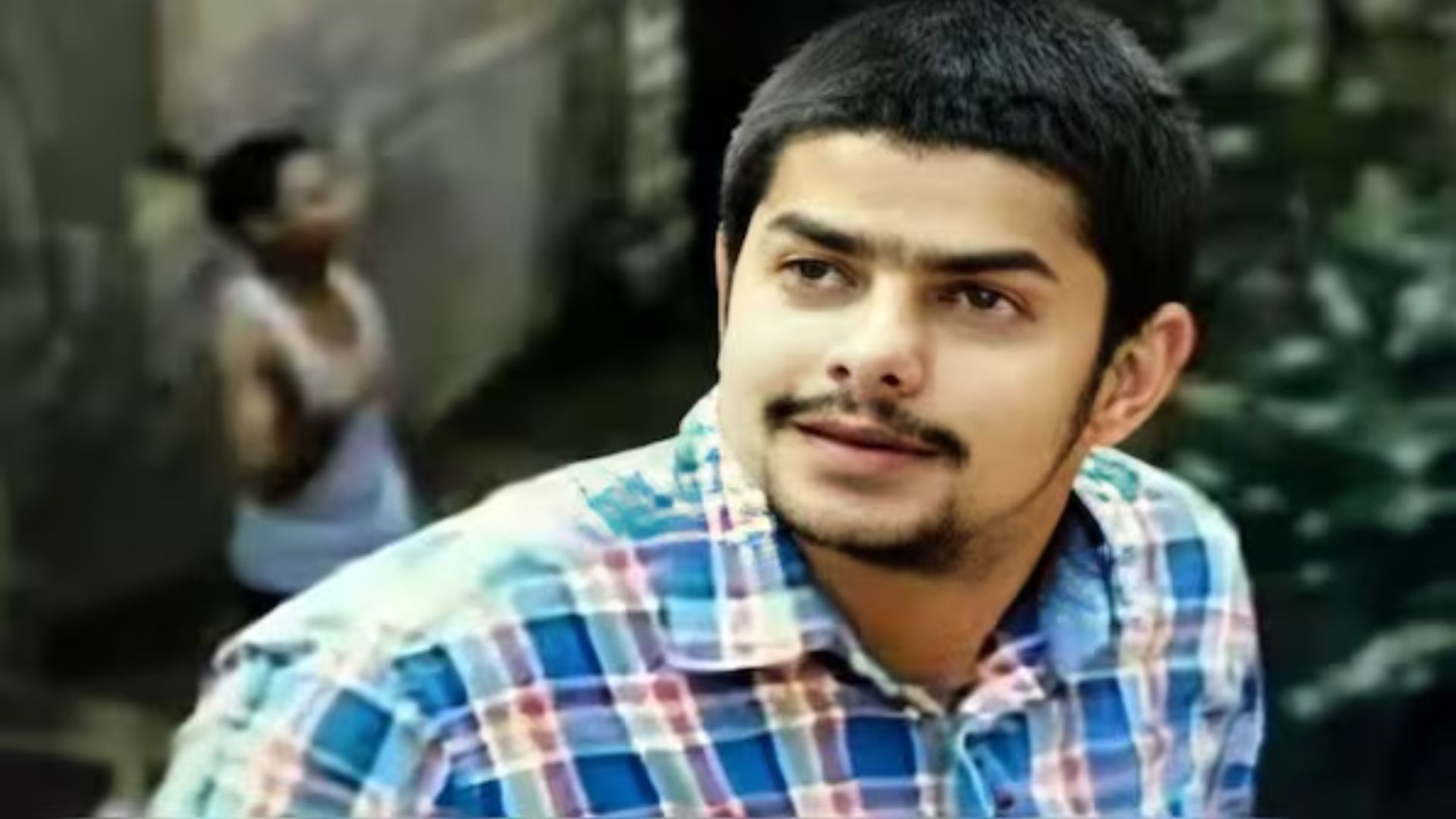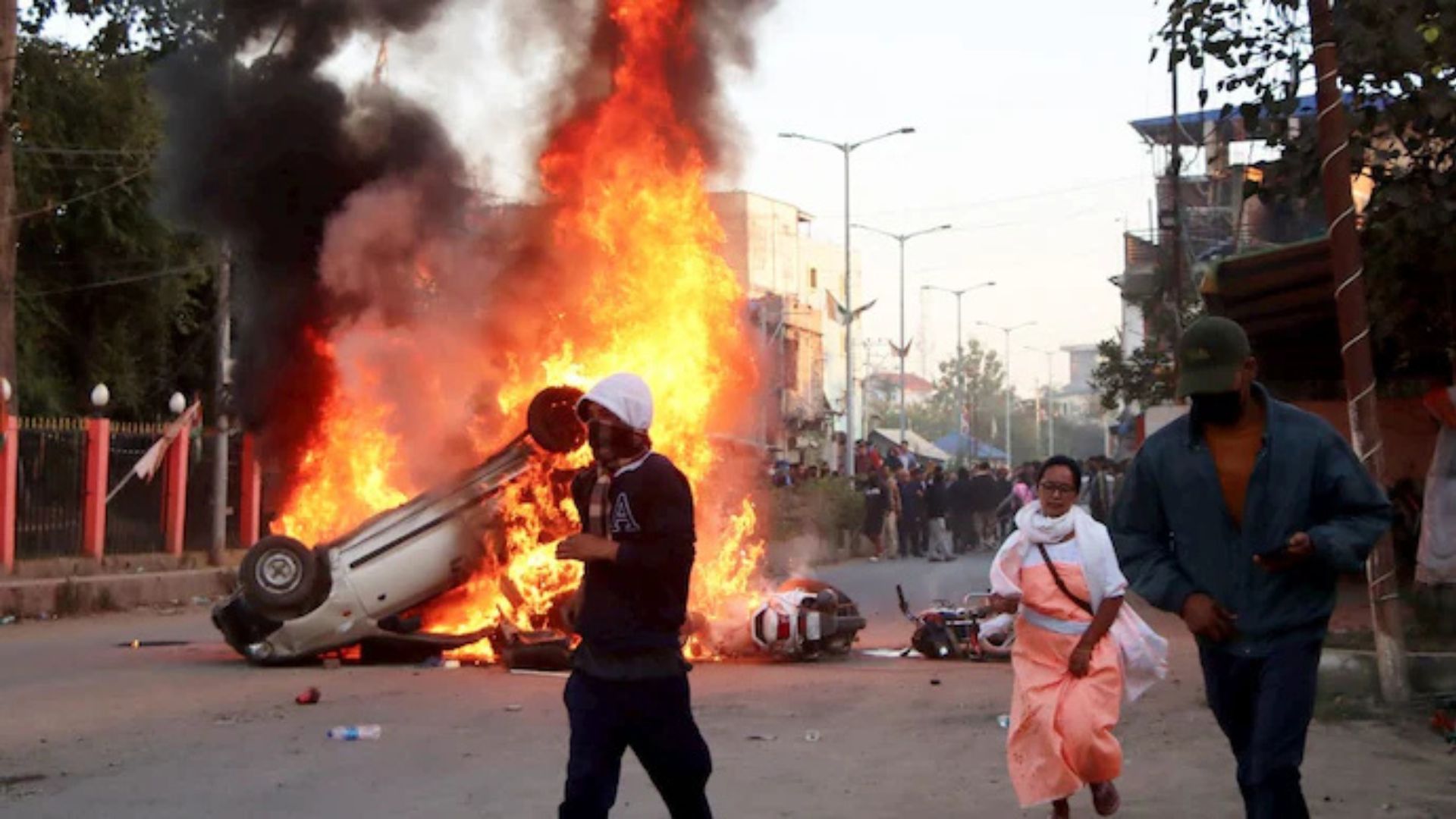
Age fraud in sports has turned out to be a serious matter as many players misrepresent their age to participate in a tournament due to lack of opportunities. Age fraud doesn’t just flout rules but also snatch playing opportunities from deserving candidates. The country recently witnessed a shock in the form of U-19 Cricket World Cup final Man of the Match Manjot Kalra being handed a one-year ban by DDCA from all Ranji games on account of age fraud.
Rasikh Salam Dar was bought by Mumbai Indians in the player auction for 2019 Indian Premier League. He was the third cricketer from Jammu and Kashmir to be picked in IPL and at the age of 17 became the youngest player to debut for Mumbai Indians. But Dar was soon banned by BCCI for misrepresenting his age in the birth certificate.
Recently during Khelo India Youth Games, numerous complaints of age fraud surfaced. A weightlifter, whose real name has not been revealed, came up with an Aadhaar card that declared him to be eligible for the under-17 category and the same person participated in another tournament a few months ago which declared him above 17 years old. Another incident occurred in the same tournament when in a registration line around five to six boys and girls tried to use the Aadhaar card trick to participate but got rejected. The main reason for such fraud was that everyone’s eye was on the scholarship worth Rs 5 lakh.
In 2019, several top junior athletes were among the 41 who failed the age-verification test at the 16th National Youth Athletics Championships in Raipur. It included Delhi sprinter Nisar Ahmed, a multiple gold medallist at the Khelo India Games. Jharkhand’s Aditya Prakash (110m hurdles, 400m), Rajasthan’s Ashish Poonia (hammer throw), Uttar Pradesh’s Wasim Tomar (800m) and his state-mate Lavish Kumar (200m, 400m) also suffered the same fate.
Age fraud is not only prevalent in Indian sports but internationally as well. Around 16 players were banned by Asian Football Confederation (AFC) in 2000 and eight were banned in the 2010 AFC U-16 Championship. In 2018, the Solomon Islands, which originally finished second in the 2018 OFC U-16 Championship, were found by the Oceania Football Confederation to have deliberately fielded overage player Chris Satu during the tournament and thus they forfeited their results.
Back during the Beijing Olympics in 2008, critics accused members of China’s gymnastics team of being below the age limit of 16. In gymnastics, being small and light can be a serious advantage so there’s some incentive to lie about age.
For years, scientists tried everything they could think of, looking at growing bones, white blood cells, chromosomes, checking out various molecules in the blood and so on to verify people’s ages. Nothing worked accurately. Recently, Sports Authority of India (SAI), All India Football Federation (AIFF), All India Tennis Association (AITA) and BCCI announced the introduction of Tanner Whitehouse 3 (TW3) test to tackle the menace of age fraud in sports. These sports bodies are spending millions of rupees in subjecting thousands of juniors to wrist X-rays for age determination tests which in itself is not a foolproof method for certifying age as stated by the International Olympic Committee.
TW3 test
TW3 method uses X-rays of the left hand and wrist to examine the skeletal maturity of a person and thereby determine their bone age. In wrist scans, age is estimated by looking at 20 or so bones initially separated by cartilage but which progressively move closer to one another until they fuse in the mature wrist.
Dental scans are also used to determine the maturity of wisdom teeth. These can reach full maturity as early as at the age of 15 and as late as 25 or in some cases never fully develop at all.
The TW3 method is inconclusive and unfortunately attempts to assess age with X-ray scans of teeth or wrists are doomed to failure. X-rays can provide the wrong answer about whether someone is under or over 18 up to a third of the time. The fundamental flaw with such tests is that since children grow at widely different rates skeletal maturity shown on X-rays which is used to gauge the age doesn’t necessarily match their chronological age. Teenagers can have adult bone structure as early as at the age of 15 or later than 20. Several factors (environmental and biological) influence the progression of skeletal development including genetics, race, nutrition, hormones and UV exposure as well as some diseases like Cushing’s disease. Children of Asian and African background on an average mature earlier than those of European background.
The writer is a Fitness and Sports Medicine Specialist.















